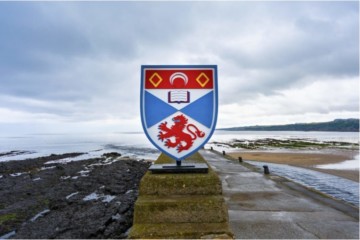
Porpoise study
Marine experts and mathematicians are teaming up to examine the impact of by-catch on the population of the UK's most common marine mammal.

Marine experts and mathematicians are teaming up to examine the impact of by-catch on the population of the UK's most common marine mammal.

A tiny measuring device developed by Scots researchers has won an international award for commercial excellence

Scots scientists are one step closer to wiping out a childhood condition, after being awarded a grant to develop new drugs for croup.